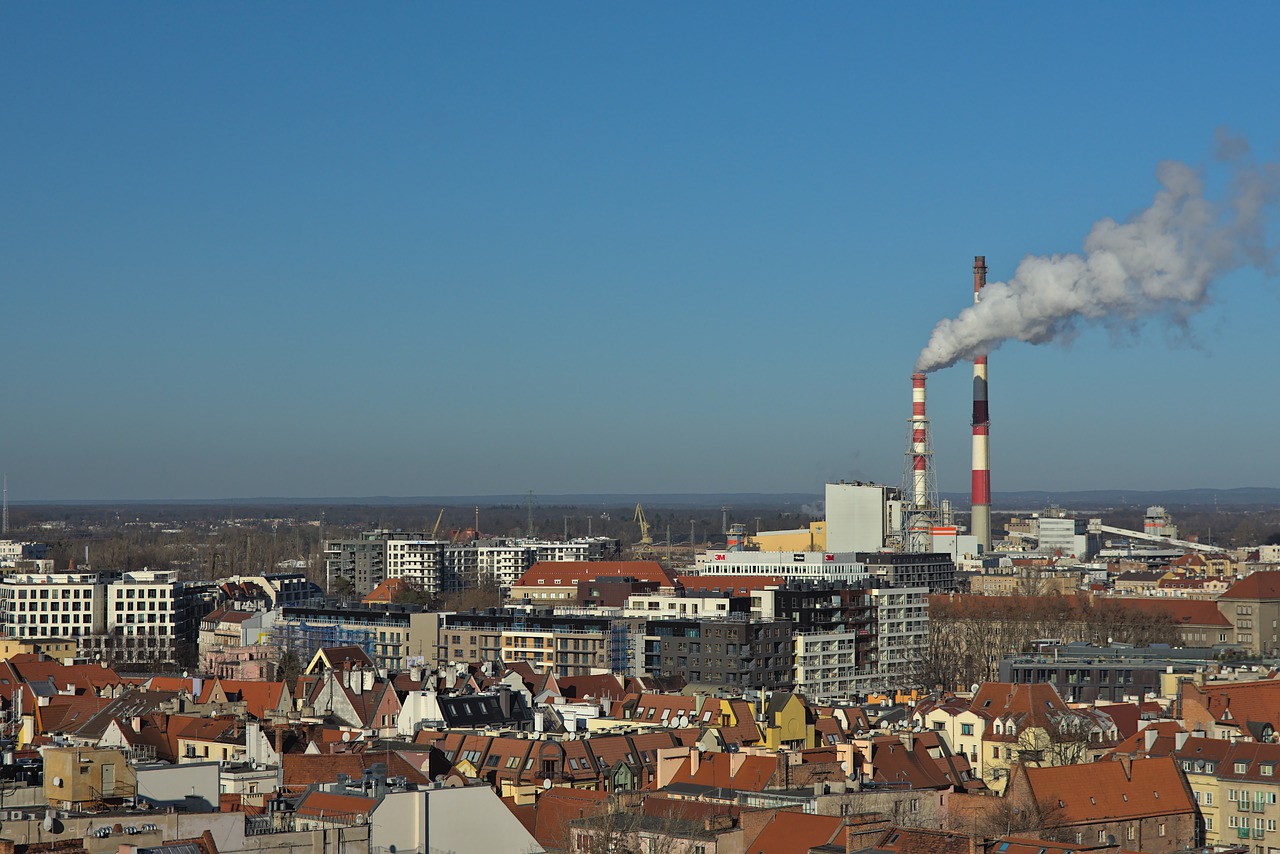Even if the air seems clean at first glance, it may turn out that it’s filled with tiny, almost invisible particles that easily enter your respiratory system. Particulate matter can have different sizes and plays a significant part in the formation of smog. What are its types and influence on our health?
The particulate matter can have natural and anthropogenic sources. Both can be dangerous to human health, particularly for those with respiratory problems. Health issues such as asthma or obstructive pulmonary disease can increase the vulnerability to the particulate matter and air pollution in general. But even those who don’t suffer from any health conditions can experience a set of unpleasant implications of it, and in the longer run, fall ill.
What is particulate matter?
Particulate matter (PM) is a mineral substance that gets released into the air as a result of the processing of solids – such as minerals and chemicals, organic items, or metals. A high concentration of particulate matter can occur both in industrial and natural areas – for example, deserts or beaches.
Types of particulate matter
When checking the air quality throug hair pollution maps, like Airly.org, you usually can see two or three PM types. There are three classes of particulate matter: PM 1, PM 2.5, and PM 10. The division refers to the size of the particles. The numbers are expressed in micrometers. To imagine their size, note that some bacteria have more than 1 micrometer, and human red blood cells – around 7 micrometers.
PM 1
The most dangerous type of particulate matter. These particles are invisible to the human eye. They easily enter the human respiratory system, where they seep into blood. This way, they can reach various human organs and penetrate the deepest parts of the respiratory system. The PM1 usually comes from exhaust fumes and toxic gases.

PM 2.5
This type of particulate matter is also impossible to see and smell. Just as the PM1, these particles get into the circulatory system through the lungs. PM 2.5 is mostly a side product of burning processes.
PM 10
These largest particles are still almost impossible to notice for the human eye. They easily enter the respiratory system and accumulate in the lungs. At the same time, they irritate the mucous membranes. This type of particulate matter can have various sources – desert dust, exhaust fumes, and smoke that carries lef tovers of wood, coal, orbiomass.
How to protect your self from the influence of PM?
Protecting your self from particulate matter is crucial for the prevention of respiratory conditions – from asthma, through chronic obstructive pulmonary disease, to lung cancer. You can do it by wearing an antismog mask and filtrating the air in your house. However, these particles are mostly invisible and odorless, so you most likely won’t know when to take preventive measures. That’s why monitoring the air quality through the app is crucial for your health. With Airly.org, you can check real-time data on air pollution in various regions all over the world. Aside from PM 2.5 & PM 10 level, it will provide you with information on weather conditions.

